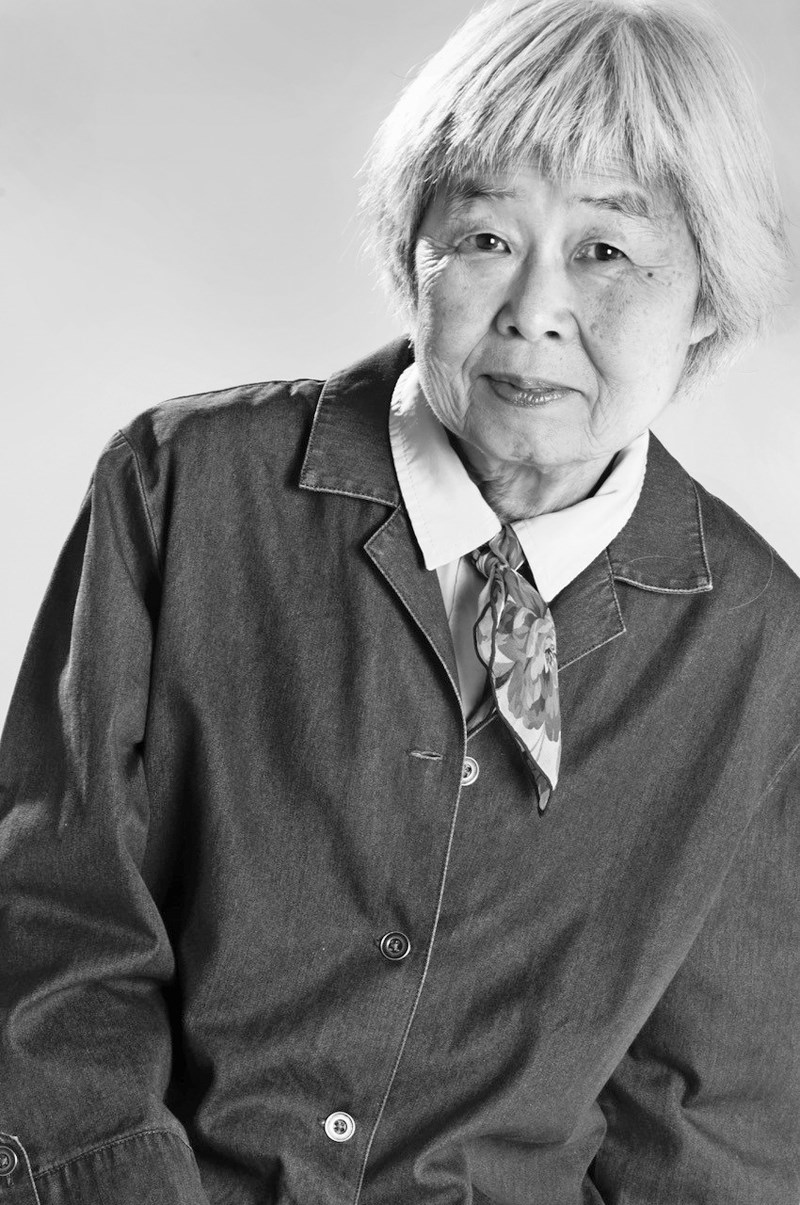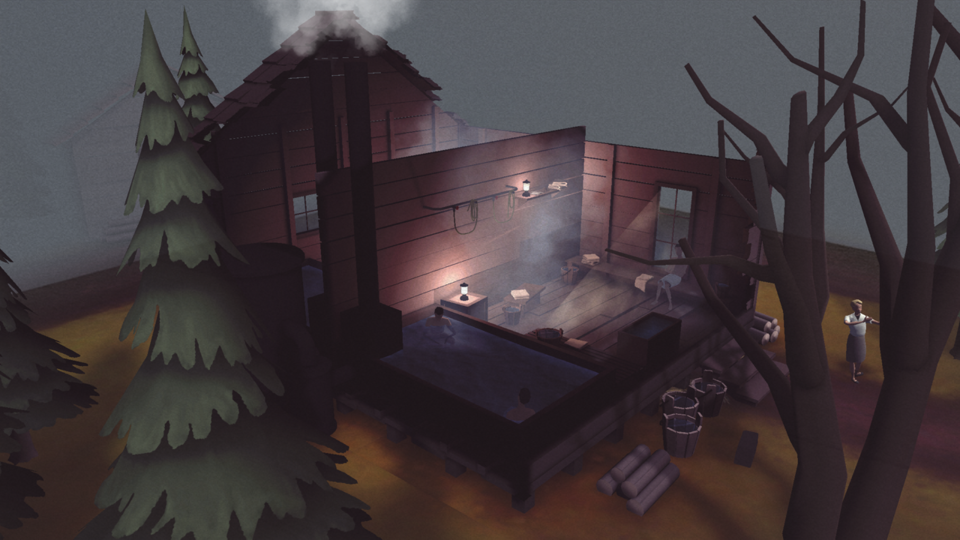Time machines aren’t real (sorry, nerds), but that doesn’t mean there aren’t ways to bear witness to — and feel the impact of — key moments in history.
Art facilitates this. History books facilitate this. First-person accounts facilitate this. Cutting-edge technology facilitates this.
And when you combine those four elements — as the National Film Board of Canada and Jam3 did in East of the Rockies — you’re left with something that very much resembles a time machine.
East of the Rockiesis an experimental augmented-reality narrative app written by 83-year-old Joy Kogawa.
The Vancouver-born Kogawa won accolades for Obasan, her 1981 novel about the persecution and internment of Japanese Canadians during the Second World War.

Obasan is told from the perspective of a child, and East of the Rockies is similarly told from the perspective of a young person — in this case Yuki, a 17-year-old girl forced from her home and made to live in the Slocan internment camp.
Users follow the story by tapping, swiping, inspecting and zooming in on key elements within each scene. Every interaction activates a piece of scripted narrative spoken by Kogawa’s granddaughter, Anne Canute.
There was never a time when Canute didn’t know about their family’s history of internment.
“My experience is very unique in that my grandmother speaks about her experiences quite a bit, which is really not common for her generation,” notes Canute. “A lot of older folks from that generation don’t talk about the internment at all, but my grandmother would build it into our discussions and present it as part of her life, and so it was something that I was made aware of at a really young age.”
The idea for East of the Rockies sprung from, well, east of the Rockies — from a Toronto-based design and experience agency called Jam3. Jam3 approached Kogawa with its idea for an AR experience that would bring users to an internment camp.
“They reached out to her and she said, ‘I don’t really know what this is, but it sounds exciting, so let’s do it,’” says Canute. Kogawa, in turn, brought Canute onto the project.
“They were looking for someone able to work creatively from the point of view of the granddaughter in the story, the millennial character who is looking back at her grandmother’s experience, and I just happened to fit that role.”
Canute consulted on scripts and voiced the project.
The East of the Rockies experience runs anywhere from 40 minutes to an hour. Canute’s favourite moment comes close to the end, when the grandchild contemplates everything she’s learned about her family history.
“She’s reflecting back on the various ways that people in her family have responded to this, and the way that it’s affected her and her sense of community, and she’s looking back at this Japanese language primer and she’s thinking, ‘My mom never learned Japanese, but maybe I should,’” says Canute. “It’s this feeling of recognizing this disconnect with culture and thinking, ‘Maybe I should be the person to work on reconnecting with this because of all that was lost.’ This is something that really resonates with me.”
Since launching in early March, the East of the Rockies app has been downloaded more than 112,000 times, according to stats provided by the NFB. The number far exceeds the NFB’s expectations, according to Rob McLaughlin, executive producer at the NFB’s digital studio in Vancouver. McLaughlin attributes this high number to “Joy’s tremendous reputation, but also because of the growing interest and accessibility of augmented reality itself.”
Canute, who’s currently researching the intersection between computer science, psychology, linguistics and philosophy at the UBC, hopes people who play through East of the Rockies will gain some insight into their own family histories, even if their own connection to Japanese Canadian internment seems tenuous.
“I want them to reflect on their own relationships with their family histories and with Canadian history and be able to think about their own cultural identity and the way it’s been impacted by that history,” says Canute. “I want them to be able to think, ‘What are my next steps? How can I engage in this in a way that is meaningful? How can I work within the society in a way that is meaningful as well?’ I want people to reflect on what has brought us to where we are now, and how we can move forward.”
Download East of the Rockies from the Apple store. Details at eastoftherockies.com.
East of the Rockies (Trailer 30 sec.) from NFB/marketing on Vimeo.


